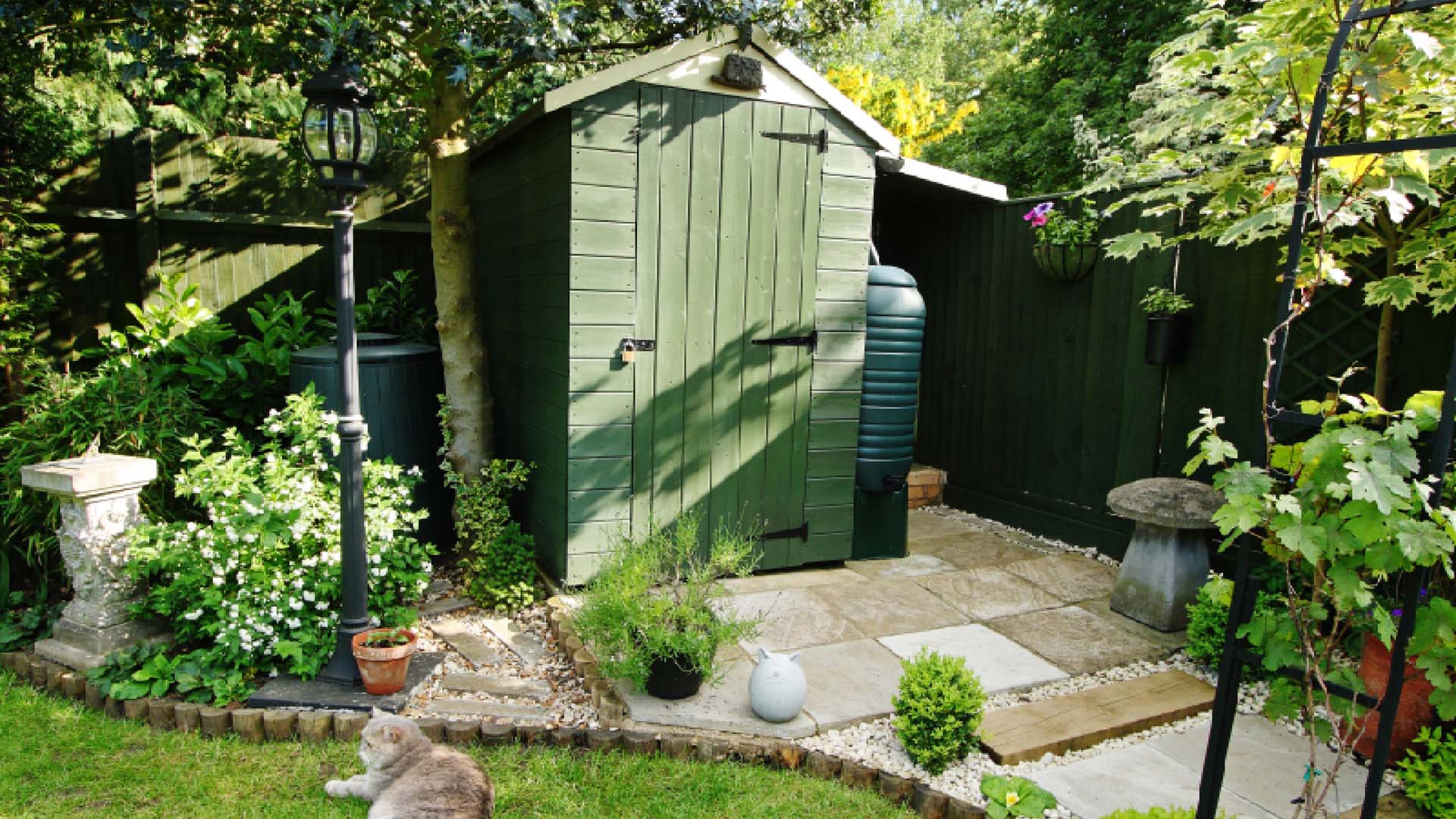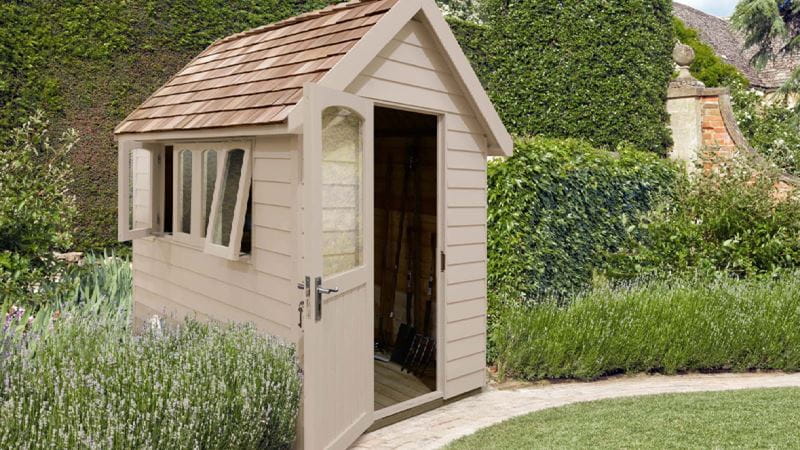Did you know you might need planning permission to put up a shed?
Size, height and where you put it are just some of the factors that will determine whether you’ll need planning permission for a shed.

Size, height and where you put it are just some of the factors that will determine whether you’ll need planning permission for a shed.

The fact that sheds come in all different shapes and sizes means there will be one to suit every garden – big or small.
But did you know that there are rules around sheds? Their size and height will determine whether you’ll need planning permission to build one in your garden.
Here, we answer the all-important question every shed enthusiast needs to know the answer to: Do I need planning permission for a shed?
Most garden buildings won’t need permission to be built
The good news is that most homeowners in the UK can put up a shed without the need for planning permission.
Instead, permitted development rules can be used. Permitted development rules grant homeowners the right to undertake certain works inside or outside their homes without formal planning permission from their local council.
Erecting garden buildings, like sheds and summer houses, that will be used for hobbies or to store general garden tools will usually fall under the rules of permitted development. The rules outline what size and height the shed must be to fall under permitted development, as well as where you can put it.
Permitted development rules for sheds in:
You can have a shed as big as 3m x 5m

Make sure the shed doesn’t exceed a total floor area of 15 sq m (161 sq ft). This means you could have a shed as big as 3m x 5m (9.8ft x 16ft) which is actually pretty sizeable. However, the shed can’t take up more than half the total area of the curtilage (the land attached to your house).
It’s worth bearing in mind that the 50% limit includes other separate detached outbuildings on the site of your property, including detached garages.
If you think putting up a shed will knock you over the limit, get in touch with your local planning department and ask.
Sheds must be single storey and the height of the eaves can’t exceed 2.5m (8ft). The eaves of a building are classified in the Class E outline for buildings as ‘…the point where the lowest point of a roof slope, or a flat roof, meets the outside wall of the building’.
The overall height of the shed can be 3m (9.8ft), or 4m (13ft) if the shed has a dual-pitched roof.
If you put the shed on a platform or decking, the platform can be no higher than 30cm (12 inches).
If the shed is going to be positioned less than 2m (6.6ft) from a property's boundary, in other words it’ll be near a neighbour’s fence, the overall height can’t exceed 2.5m (8ft).
Don’t put it at the front of your house. It will need to sit behind what the guidance calls the ‘principal elevation’. This means that even if you place a shed to the side of your property, no part of the shed can sit past the front of your house.
There’s a great diagram in the Gov.uk’s guidance on page 42.
To fall under permitted development, the shed can’t have a verandah or balcony attached to it.
Aside from not adhering to the rules outlined under permitted development, one of the main differences for a shed falling into the planning category is how you intend to use it.
Planning consultant Simon Rix from Planix.uk explains: “It’s a common mistake to think that only permanent structures need planning permission. That’s just not true.
“Even with a new shed, a change of use of the land it sits on requires consent. If you wanted to put up a shed in your residential garden and use it to run a car repair business, for example, that would be a change of use, and you’d need planning permission. If you wanted to build a shed and rent it out to holidaymakers as a glamping pod, that would be a change of use, and you’d need planning permission. “However, putting up a shed for storing your own domestic garden tools would not be a change of use, so no application is needed.”
There are certain circumstances when you will need to obtain planning permission, such as if your shed is going to be placed on the land of a listed building or if your home is in a conservation area, Area of Outstanding National Beauty, a national park or World Heritage Site.
Not sure if the shed you intend to put up falls under permitted development? Don’t worry – give your local planning department a ring and check. It’s always better to err on the side of caution, and it will give you peace of mind that what you want to build meets the criteria.
Some local councils remove or limit permitted development rights in their area. They do this under an Article 4 direction, which restricts what you can do without having to apply for planning permission. This is usually within conservation areas but, again, it’s always worth giving your local planning department a quick call to check what the rules are locally.